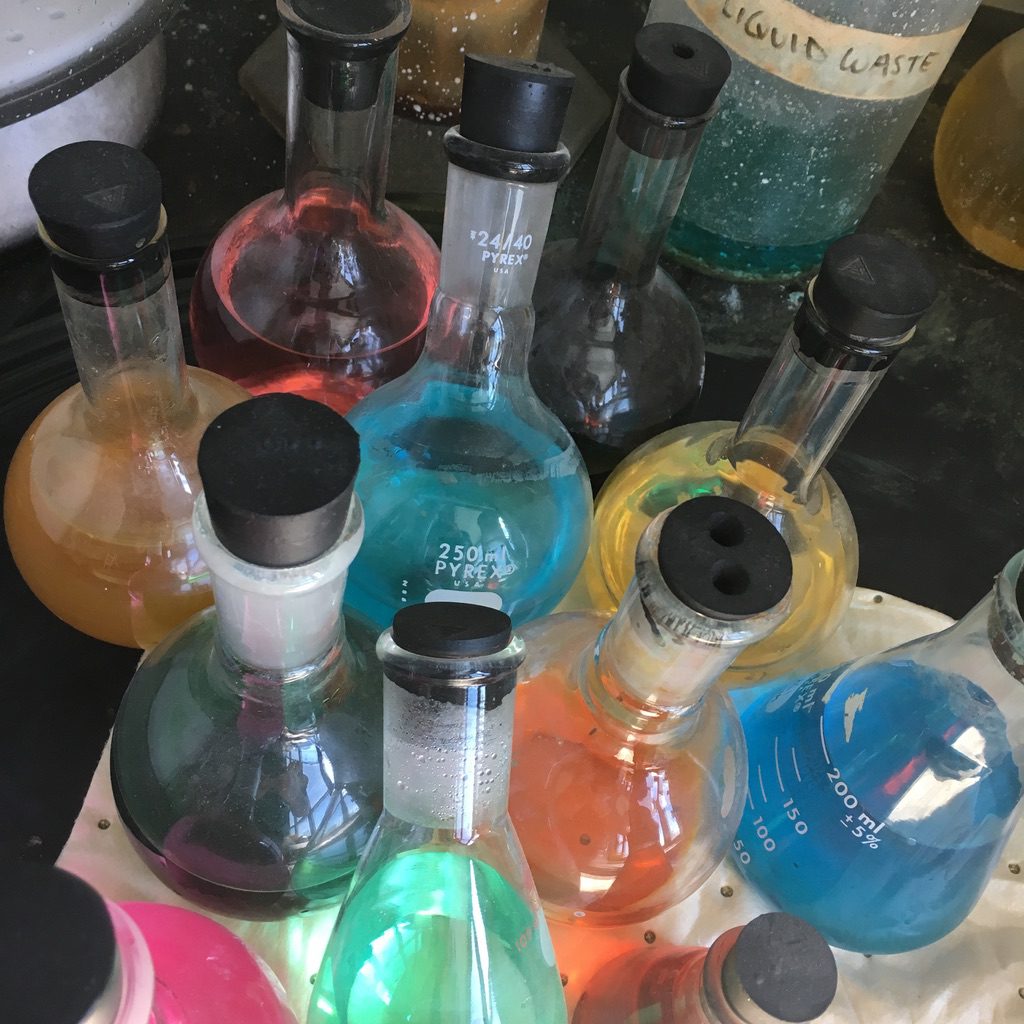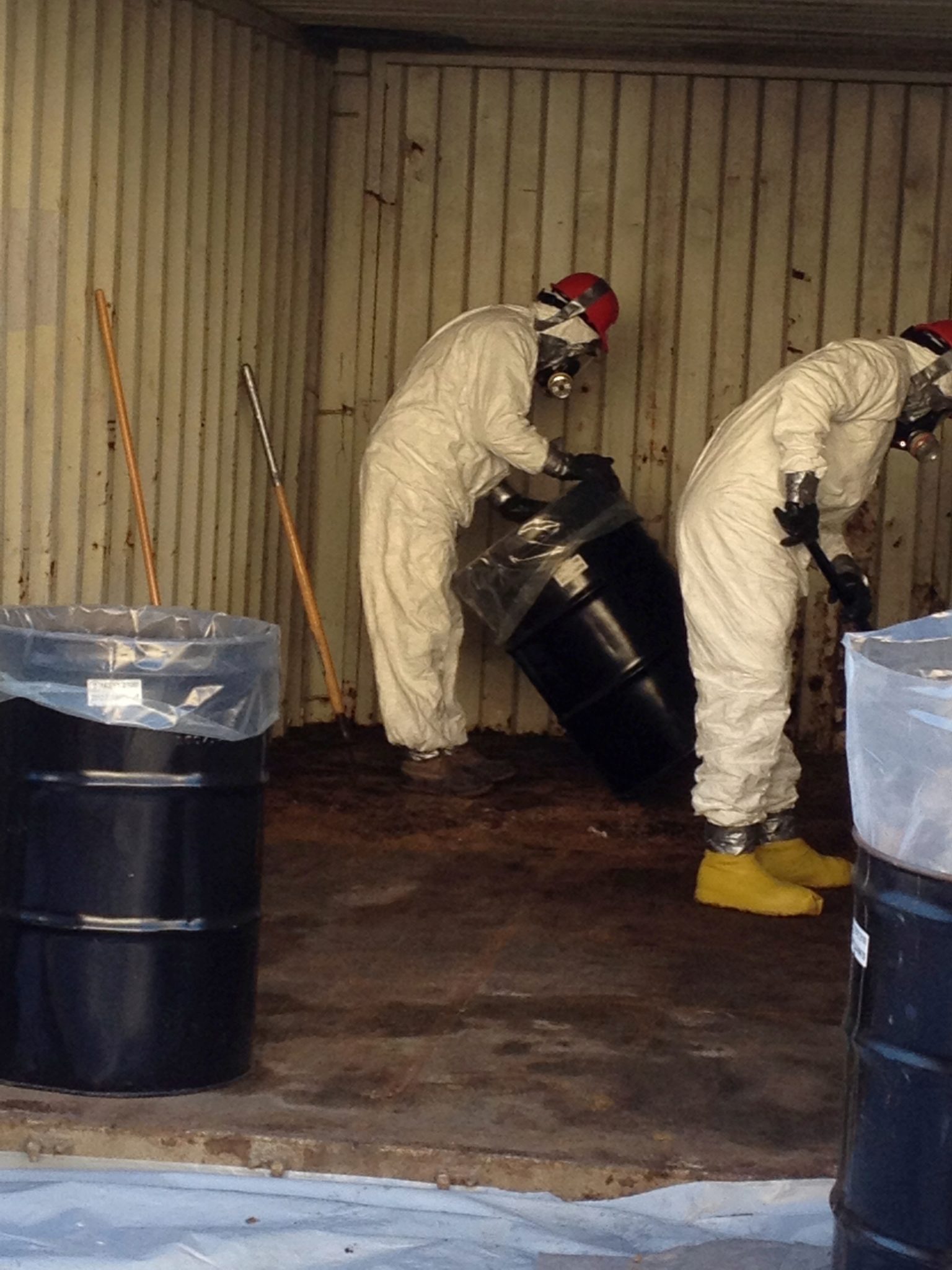
The Resource Conservation and Recovery Act, also referred to as RCRA, was passed in 1976 as regulation for waste management. In the U.S. it is a federal law that requires hazardous waste to be documented and, as such, different types of waste must be categorized. Any waste that is considered part of the RCRA hazardous waste list is categorized by the US Environmental Protection Agency (EPA).
Proper hazardous waste management and disposal are crucial to the health and wellbeing of the environment and those that handle waste materials, which is why maintaining a strategy for appropriate handling is necessary.
Definition of a Hazardous Waste

Hazardous waste is defined as any waste with properties that can cause harm or danger to humans or the environment if contact is made. Determining the identification of hazardous waste can be complicated, so there are several regulatory steps that need to be taken for proper disposal, including an understanding of the four primary characteristics of hazardous waste.
There are several forms hazardous waste can take – sludges and solids, gases, and liquids. To be considered hazardous, waste must be at least one of the following:
- Flammable
- Reactive
- Corrosive
- Toxic
Once waste material is determined to be hazardous based on the EPA’s regulations, it’s categorized by its properties, characteristics and the industry from which it originated in order to be properly handled.
RCRA Hazardous Waste Lists
The four primary characteristics of hazardous wastes fall into specific lists: F, K, P, and U. Each of these is assigned unique waste coding, which is a significant part of RCRA that help to ensure regulated waste is disposed of appropriately.
F List – Non-Specific
This list specifies hazardous solid wastes from specific types of manufacturing or industrial processes, but because they can occur in various industries, F-listed wastes are considered “non-specific source wastes.”
The industries that produce F list waste are organized into seven sub-categories:
- Wood preserving wastes
- Spent solvent wastes
- Dioxin bearing wastes
- Electroplating or metal finishing wastes
- Production of chlorinated aliphatic hydrocarbons
- Petroleum refinery wastewater treatment
- Multisource leachate
- Dioxin bearing wastes
K List – Specific
This list specifies solid hazardous wastes that are consistently from certain industries, organized into 13 subcategories:
- Veterinary pharmaceuticals manufacturing
- Organic chemicals manufacturing
- Inorganic pigment manufacturing
- Inorganic chemicals manufacturing
- Pesticides manufacturing
- Explosives manufacturing
- Wood preservation
- Petroleum refining
- Iron and steel production
- Primary aluminum production
- Coking
- Ink formulation
- Secondary lead processing
P List and U List – Discarded Commercial Chemical Products
P and U lists both include commercial chemical products that are unused but considered hazardous when discarded. For example, this could include chemicals that are spilled and then cleaned up. The primary difference between these two lists is that chemicals from the P list are considered acute hazardous wastes, while the U list wastes are identified as toxic.
Understanding Hazardous Waste Definitions
Knowing the contents and regulations of the RCRA hazardous waste list is indisputably important for successful waste removal. Have questions or concerns about the appropriate hazardous waste disposal for your organization? Request a quote for waste disposal from the experts at MLI Environmental today.
